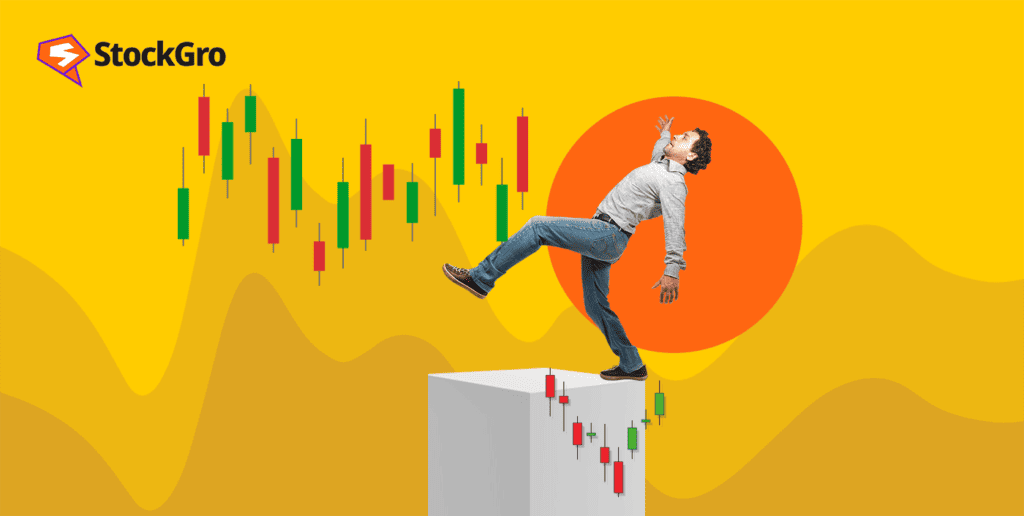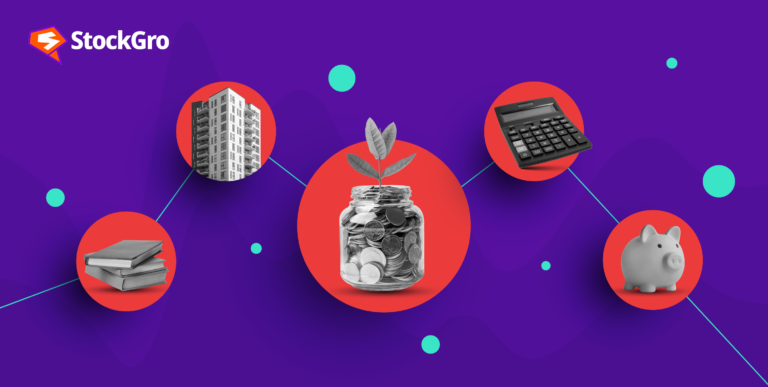
Have you ever noticed a mismatch between the price you expected and the one you got in a trade? This is slippage, a frequent but often overlooked aspect of trading. It affects traders, including newcomers and experienced, subtly influencing your trading outcomes. In this blog, we will look into what is slippage in trading, why it happens, and how you can minimise its occurrence.
What is slippage?
Slippage is a fundamental concept in trading, defined as the discrepancy between the anticipated price of a trade and the actual price at which it is executed. For instance, if a trader aims to buy shares at a predetermined price, the rapid dynamics of the market might lead to a different execution price. This difference is known as slippage.
Slippage in forex trading and stock market is a common occurrence, particularly when prices move quickly.
However, slippage is not inherently negative. At times, traders may benefit from what is termed as ‘positive slippage,’ where the execution price is more favourable than the expected price. Conversely, ‘negative slippage’ occurs when the execution price is less favourable.
You may also like: All you need to know about the basics of forex trading in India
Example
Let’s look at the following example to understand the concept of slippage.
Slippage is calculated using the formula:
Slippage = Current Market Price – Executed Trade Price.
Moreover, to quantify this difference in percentage terms, the formula is:
Slippage Percentage = [(Current Market Price – Executed Trade Price) / Current Market Price] x 100.
Let’s consider a scenario where a trader is looking to purchase 100 shares of a stock. The stock’s current bid price is ₹100, while the ask price stands at ₹110. With the hope of obtaining the shares at the best price, the trader places a market order.
Since the asking price is ₹110, the trader anticipates buying the shares at:
Total cost = 100 shares x ₹110 = ₹11,000.
- Negative slippage: Suppose, due to market volatility, the shares are actually bought at ₹115.
The total cost now is 100 shares x ₹115 = ₹11,500.
Here, slippage is ₹11,500 – ₹11,000 = ₹500.
The slippage percentage is [(₹515 – ₹510) / ₹510] x 100 = 0.98%.
This means the trader pays ₹500 more than expected, a case of negative slippage.
- Positive Slippage: Conversely, if the market price drops and the shares are bought at ₹105.
The total cost is 100 shares x ₹105 = ₹10,500. The slippage here is ₹10,500- ₹11,000 = -₹500.
The slippage percentage is [(₹505 – ₹510) / ₹510] x 100 = – 0.98%.
This scenario is positive slippage, where the trader pays ₹500 less than expected.
| Scenario | Bid Price | Ask Price | Expected Total Cost | Actual Execution Price | Total Cost with Slippage | Slippage Amount | Slippage Type |
| Negative Slippage | ₹100 | ₹110 | ₹11,000 | ₹115 | ₹11,500 | ₹500 | Negative |
| Positive Slippage | ₹100 | ₹110 | ₹11,000 | ₹105 | ₹10,500 | -₹500 | Positive |
How does slippage occur?
Slippage in trading isn’t an error; it’s a result of market dynamics. Let’s break down how and why it happens.
- Volatile markets: The primary cause of slippage is market volatility. In such environments, prices of assets change so rapidly that by the time your order is processed, the price may have moved.
- Low liquidity: When there aren’t many participants in the market, finding someone to match your exact price becomes tough. If you are selling, it’s hard to find a buyer at your desired price, and vice versa for buying. This low liquidity leads to a gap between the price you want and the price you get.
- Large orders: Big market orders in a market with limited liquidity can also cause slippage. If there’s not enough volume at your desired price, the order might be filled at a different price, leading to slippage.
- Major announcements: Events like interest rate changes or company-specific news can create temporary volatility. This increases the likelihood of slippage as prices react sharply to new information.
- Market hours: The timing of your trade matters. More volatility and, therefore, more slippage can occur at market opening and closing times.
- Latency: Finally, there’s latency – the time it takes for your order to reach the market and be executed. During this delay, prices can change, leading to slippage.
Also read: Margin trading: Exploring the risks and rewards
How to minimise exposure to slippage?
Minimising slippage is key for efficient trading. The following strategies will assist you in managing it:
- Use limit orders: Go for limit orders. In this you choose the highest amount you are prepared to pay or the lowest amount you will take when selling. It gives you more control, ensuring your trade only executes at your specified price or better.
- Implement algorithmic trading: If you’re dealing with large orders, consider using algorithmic trading. It breaks down big orders into smaller chunks, spreading them out over time. This reduces the market impact and helps in controlling slippage.
- Time your trades: Pay attention to what’s happening in the market and the timing of your trades. Minimise trading when there is a lot of volatility, especially after major economic or news events, as this increases the likelihood of slippage.
- Opt for stop-loss orders: A stop-loss order can execute a deal at a predetermined price, so limiting potential losses. Although it can’t stop slippage entirely, it can limit how far the final price deviates from your goal.
- Wait out volatility: If the market is extremely volatile, sometimes it’s wise to wait until things settle down. This is especially useful for beginners who might not be as adept at handling rapid price changes.
- Understand how your broker handles slippage: Different brokers have different policies. Some execute orders despite price differences, while others have slippage tolerance levels. If the price moves outside this tolerance, the order might be rejected, requiring you to resubmit at a new price.
Also read: How does intraday trading work?
In a nutshell
Slippage is an inherent part of trading, most commonly seen in volatile or less liquid markets. While it’s not entirely avoidable, you can certainly reduce its frequency and effects on your trades. By incorporating strategies like using limit orders, monitoring market conditions closely, and staying informed about economic developments, you can make more informed decisions and better handle potential slippage. By integrating these slippage control tactics into your trading approach, you enhance not only your trading experience but also the likelihood of achieving positive outcomes.

